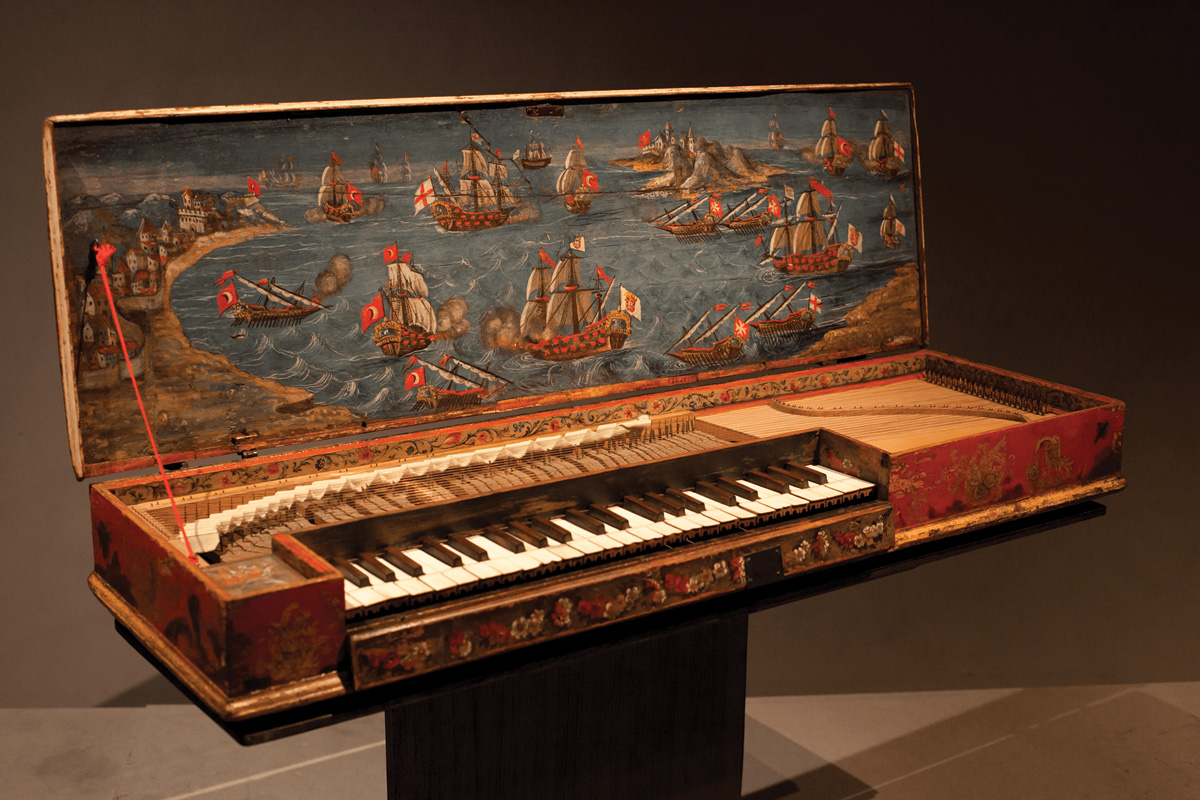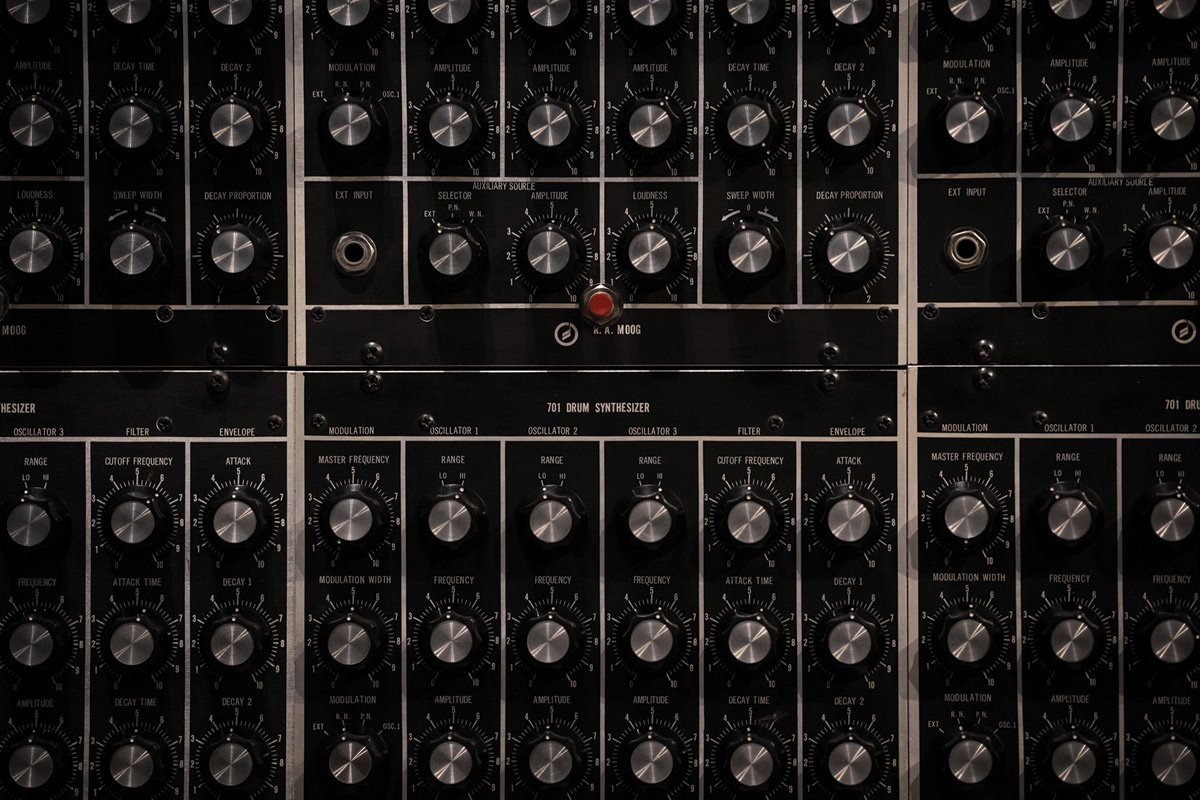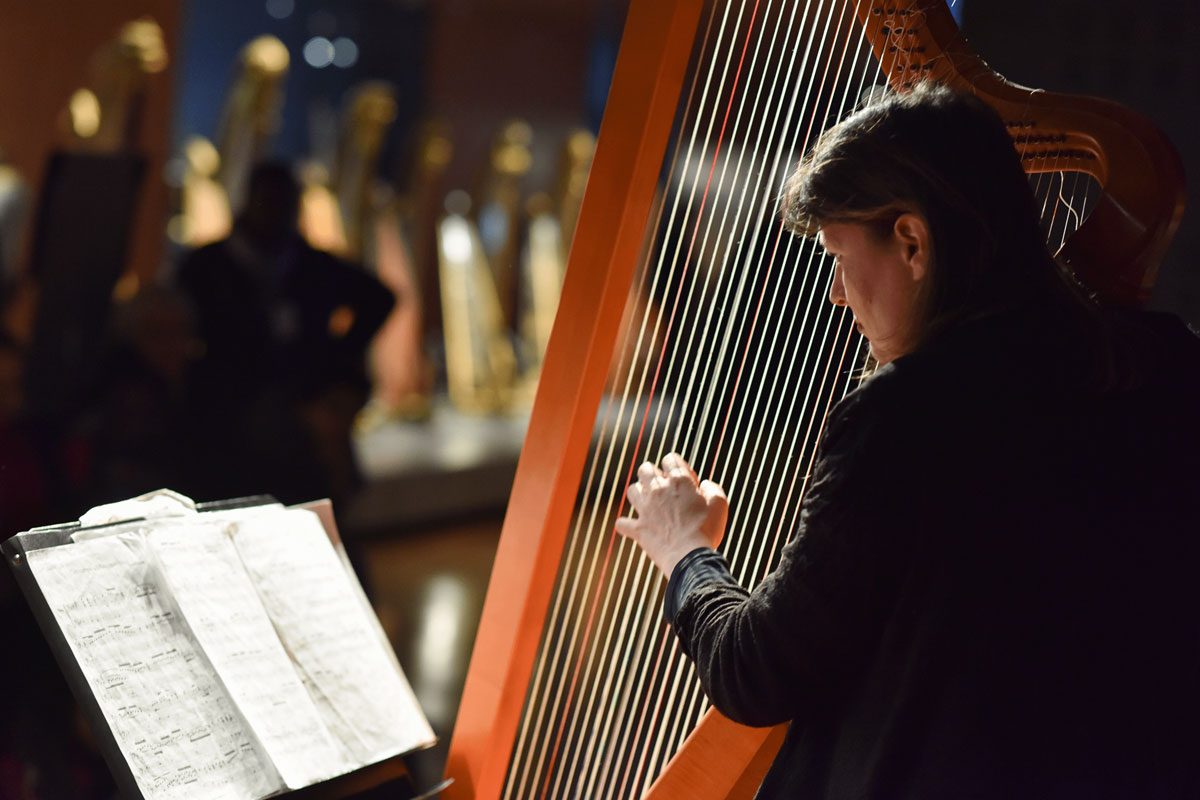Cité de la musique
Inaugurated in 1995, the Cité de la musique building was conceived by the architect Christian de Portzamparc. He wanted it in the form of a “dreamlike town”, a space inviting movement, open to Greater Paris, a meeting place.
Born of the desire to bring together, in one unique venue, the Paris Conservatory and its’ musical instrument museum, crammed into their premises on rue de Madrid, and the spaces – concert and rehearsal halls – allowing the optimal conditions for organisation of public events, the Cité de la musique was inaugurated in January 1995. Thus, the original project consisted of reuniting, in one space, equipment intended for the teaching and diffusion of music. It was the architect Christian de Portzamparc who was chosen to achieve it. He would receive the Pritzker Prize, the architectural equivalent of a Nobel, in 1994, after a decade dedicated to the building.

A dreamlike town
In front of the conservatory, alongside which it lends a lovely perspective to the la Villette Grand hall, the Cité de la musique strikes one with the multiplicity of its’ openings, which bear witness to that of its’ interior spaces. The architect, in effect, wanted it to be a building to explore, slightly labyrinth-like – the musicians say that it takes 15 days to get one’s bearings – a “dreamlike town” inviting movement and encounters. Thus the Cité de la musique combines several buildings within the same edifice and scatters small passages, staircases, quiet corners and other connecting passages in an assembly of interlocking spaces. In doing this, it multiplies the play of perspective and light. Pierre Boulez underlined the musical dimension: “ What I love about the Cité de la musique, is that as we wander, everything changes. It is in fact comparable to music”.


A building to travel through
The different venues that make up the Cité de la musique – the concert halls, the Museum and its’ amphitheatre, the library, but also the rehearsal rooms and the areas reserved for administration – are spread over a vast area behind glass in the form of a shell, La rue Musicale, which serves as an entrance hall, in which the public all cross paths. In the opinion of Christian de Portzamparc, architecture rhymes with movement: “I see (...) architecture as an invitation to life, that’s to say, to movement. It’s not that the architecture moves, or is necessarily destabilised, but that man moves. I don’t look at it as a static plan, but according to pathways. Architecture, like music, perceives itself in time and according to sequences, and I pursue the idea that it gives rhythm to space, practicing that which some call the art of montage within it”.
The Concert hall
The Cité de la musique’s flagship room, the Concert Hall, was conceived by Christian de Portzamparc so that all styles of music can be played in it.
650 to 1,600 people capacity
depending on the set up

From rectangle to circle
Pierre Boulez wanted it both rectangular and modular, Christian Portzamparc wanted it in elliptical form. The Cité de la musique Concert Hall is a meeting of these two paths. Its’ rectangular floor area is open to many possible configurations; the seats are retractable and movable, the stage is also mobile, and several stages can be installed. On the upper level, the balconies reveal the ellipsoidal form of the hall. These balconies are a multitude of small boxes, furnished with a lighting system which allows them to be infused with changing colour, and they also house small bench-seats. And finally, the hall is ringed by a gallery above the balconies.
“The elliptical form of the Cité de la musique gives great perceptive richness. Depending on the venue, it can appear small or great, intimate or grandiose”
The different setups of the Concert hall, 2016
An adaptable hall
The Concert Hall was conceived as a venue for spatially innovative works as well as more traditional installations. It is blessed with excellent acoustics and can adapt itself to the requirements of each repertoire, symphonic groups or dance performances, from chamber music to bigger sounds.Thus it offers, according to the chosen configuration, from 650 to 1600 places (with the floor area as standing-room). Situated on the ground floor, the Concert Hall is accessible without any stairs. Each concert can welcome 10 people in wheelchairs on the floor area.








The Amphitheatre
Offering each spectator a marvellous view and acoustics which serve small groups magnificently, the Amphitheatre is the perfect setting for chamber music concerts.
An intimate room
With 250 seats, the Amphitheatre gives everyone clear views of the stage and perfect acoustics for small orchestras. Thus it is perfectly suitable for chamber music concerts or recitals, to which it gives a great sense of intimacy. Air conditioned according to museum norms for the protection of the instruments, it also offers the perfect playing conditions necessary for fragile instruments.

A multi-purpose venue
This relatively small room is perfectly suitable for children’s shows. Furnished with projection apparatus, it can equally welcome films and conferences. Its’ Baroque organ, created by Christian de Portzamprac (casing) and Jean-François Dupont (craftsmanship) is regularly played by students at the Paris Conservatory and during concerts. The Amphitheatre is situated underground. It is accessible by way of a large staircase and a lift. The room can accommodate five people in wheelchairs.


The Musée de la musique
Conceived by the architect Franck Hammoutène, the Musée de la musique is separate space within the Cité de la musique, an intimate venue and suitable to the dialogue between musical craftsmanship and musical practice.
6,200-sq.m.
of exhibition space
1,000 objects
exhibited in the museum
An exceptional venue
The Musée de la musique was conceived to house and showcase the heritage slowly constructed since the creation in 1795 of the Paris Music Conservatory and its’ “instrument cabinet”. Following a competition launched in 1990, the French architect Franck Hammoutène was chosen to organise the layout of the historical music zone at the heart of Christian Portzamparc’s building. In order to protect the exhibits from the light of day while preserving the interplay between interior and exterior, the architect has chosen to play with the echo effect between the interior of the museum and the building that houses it. Thus the surrounding architecture shows itself through a series of breaks. The Musée de la musique was inaugurated in 1997.
“The museum is a protected, hidden space, where it is the instruments and their colours which are left to speak. Where the architecture’s protective assimilation of the public becomes more subconscious than conscious.”

A series of consecutive fluid bodies
The development of the museum was initially seen as based on “a principle of fluidity and of a cross-reading which has continued from Orpheus to IRCAM ( French Institute for research in music and acoustical science)” according to the architect. ”A series of consecutive fluid bodies, of rhythms and passages”. ”The museum was intended to function on a principal of derivation and connection, associating instruments with paintings, sculptures, writings, the practice and the architecture of music. It was necessary to weave continuous networks through a welcoming architecture which was just sequences and interruptions. The number of pieces to be exhibited necessitated great closeness to the objects, here we have the vague impression of moving through a very particular collection.”


.jpg)
.jpg)










A museum to listen to
The intimate nature of the museum makes it suitable for the organisation of small concerts, notably walking concerts, during which the public is closest to the musicians. It thus establishes an exchange between musical craftsmanship and musical practice. Renovation of the spaces was undertaken in June 2007 and completed in March 2009, fruit of reflection aimed at pushing the logic of music more open to the world further. The result is an audio-guide offering the public a large selection of sample extracts of the instruments in the collection, as well as forty short documentary films to enhance their journey through the museum. The museum is accessible to everybody. Parent and children will find suitable visit-tools, as will handicapped visitors. All the spaces in the museum are accessible to visitors with limited mobility.





Gil-Lefauconnier.jpg)




A space dedicated to photography
Next to the Musée de la musique, a second temporary exhibition space hosts one time a year an exhibition mixing music and photography.

The Media library
Open onto the the Parc de la Villette, the Library provides a quiet space for professional musicians, aficionados or those simply curious, who wish to read up on music.
Originally conceived as a small bridge leading to the grand auditorium which was a part of the original plan for the Cité de la musique, the beam with its’ red metallic framework which crosses Christian de Portzamprac’s building has housed the Library since 2005. It offers an open and airy yet warm space, separated into different sections, giving onto the Parc de la Villette. Equipped with modern facilities, accessible to people with reduced mobility, it caters equally to professional musicians, connaisseurs, music enthusiasts or those simply curious, with a collection of around 70,000 documents at their disposal (printed material, sound recordings, audio-visuals and multimedia) and digital resources online. The Library opened its’ doors in 2005 thanks to a special funding initiative granted by the Ministry for Culture and Communication and the support of Hewlett Packard. It was inaugurated on the 26th of October 2005 in the prescence of Renaud Donnedieu de Vabres, the Minister for Culture at the time.
William-Beaucardet-(-(2).jpg)
William-Beaucardet-(-(3).jpg)





The educational spaces
In addition to the educational spaces of the Philharmonie, the Cité de la musique has two locales hosting educational workshops: one specifically dedicated to amplified music including a mixing studio and a sound booth, the other devoted to the practice of Javanese gamelan.





Gift & book shop
The Gift & Book Shop at the entrance to the Museum carries thousands of CDs from every musical genre, as well as a large selection of books about music.

Restaurants & bars
The Café des concerts is an elegant setting beneath the portico, looking out at the plaza of the Fontaine aux Lions and facing the Grande Halle de la Villette.

Jean Nouvel
la Philharmonie
On the edge of Paris and in the heart of a speedily evolving metropolis.